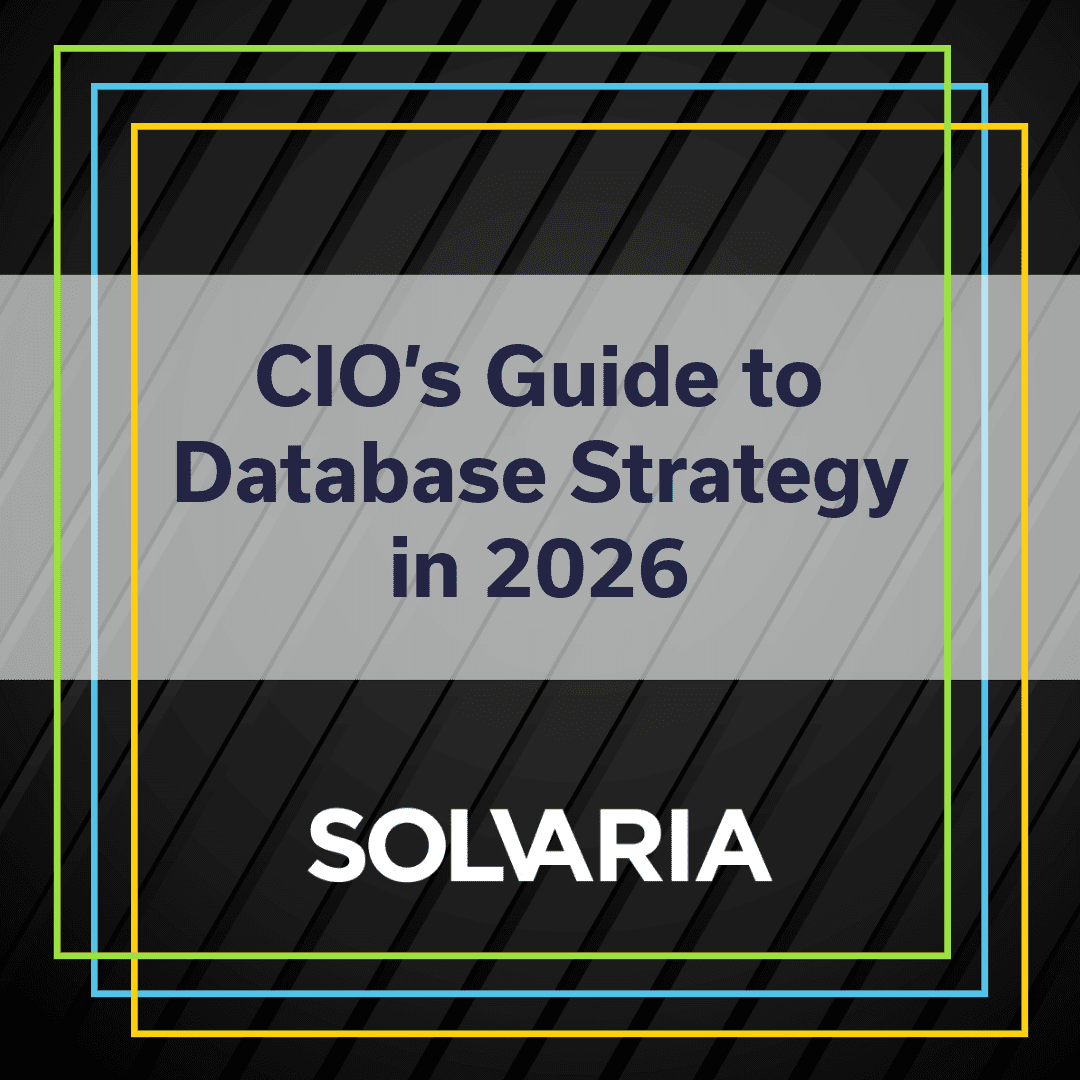
November 25, 2025
BI & Data Warehousing Consulting: Maximizing ROI
The Business Case for BI and Data Warehousing Most organizations have no shortage of data. What they lack is visibility. Business intelligence (BI) and data warehousing provide the structure and strategy to convert raw information into actionable insights. Done right, they reduce manual reporting, accelerate decision cycles, and enable leaders to act on facts rather than gut instincts. Yet too

November 6, 2025
CIO’s Guide to Database Strategy in 2026
The New Mandate for CIOs in 2026 As we move into 2026, the role of the CIO is evolving faster than ever. No longer is it enough to deliver projects on time or just keep systems running. Modern CIOs are expected to drive innovation, manage risk, and ensure compliance, all while supporting scalability and business agility. According to analysts, CIOs

October 16, 2025
Enterprise Database Optimization Services: Performance Without Replacement
Enterprises often assume that a major database overhaul or a full migration to a new platform is the only path to better performance. But in many cases, the real issue isn’t the technology itself. It’s how the database is configured, maintained, and optimized. Poor database management strategies won’t be solved by a migration, which is why it is essential to

October 3, 2025
Managed Database Services Cut Risk and Costs for HCD
Organization Description Home Care Delivered (HCD) is a nationwide provider of medical supplies and home health essentials, founded in 1996 with a mission to simplify care for patients and caregivers. By managing insurance claims, coordinating with physicians, and ensuring the timely delivery of supplies, HCD has streamlined a complex process into a patient-first experience. As HCD scaled rapidly to meet

October 2, 2025
Managed Cloud Database Services for CIOs: Reduce Risk, Gain Control
The CIO’s Cloud Dilemma: Scale vs. Control As we discussed in our latest blog, cloud adoption is no longer a question of if but how fast. Cloud-based databases are the backbone of digital transformation, powering analytics, customer engagement, and mission-critical applications. But with every new initiative comes increased complexity, higher costs, and greater risk. The tension most CIOs feel lies

September 11, 2025
Cloud Database Migration: Is Your Environment Ready?
Cloud migration is no longer optional. It’s the backbone of modern business strategy. Executives know that moving databases to the cloud promises scalability, agility, and cost savings. Yet, too often, companies rush forward without a clear-eyed view of what’s under the hood in their current environment. The result? Ballooning costs, unstable performance, and migrations that stall halfway through. That’s where

September 4, 2025
SQL Server Performance Tuning Services: Cut Costs and Downtime
Relying on in-house fixes isn’t enough. Unpack how expert tuning can prevent outages and wasted spend. When SQL Server environments slow down, it rarely shows up as a flashing red warning. Instead, it creeps in: reports take longer to load, queries drag, and critical applications stall during peak hours. Many IT teams attempt quick fixes: rebuilding indexes, restarting services, or

August 13, 2025
CI/CD Pipelines for Database Strategy
While CI/CD has become the gold standard for modern software development, databases are often left behind. That gap creates risk, slows down innovation, and weakens security posture. Integrating CI/CD pipelines into your database strategy can aid in closing that gap, allowing teams to move faster without compromising on control, compliance, or stability. In this post, we’ll break down how to

When does a SaaS or tech company need outside database expertise?
As SaaS and technology companies scale, the demands on their database infrastructure increase, often faster than internal teams can adapt. Performance issues, compliance requirements, cloud migrations, and 24/7 availability expectations can quickly begin to stretch in-house engineers thin. Patchwork systems can become overtaxed and no longer function effectively. Not to mention, if developers are constantly being pulled away to deal

July 24, 2025
Healthcare Database Management: Building Resilience
For healthcare organizations, database compliance protects patient trust, ensures operational continuity, and helps organizations stay ahead of increasingly complex regulations. Without the right strategy, healthcare leaders face mounting risks: data breaches, compliance violations, costly downtime, and reduced care quality. Why Healthcare Database Compliance Matters Healthcare database compliance refers to maintaining security, privacy, and regulatory alignment for the systems that house